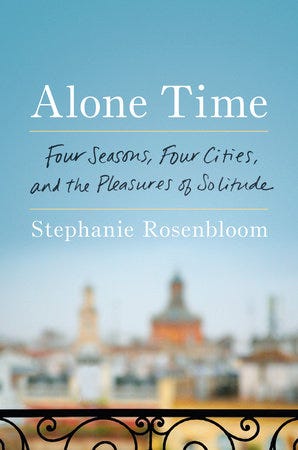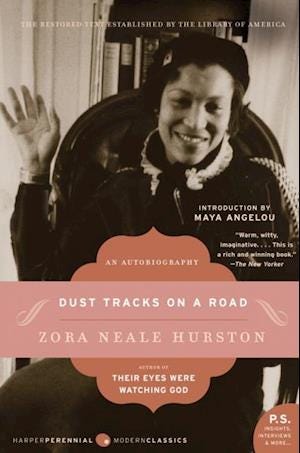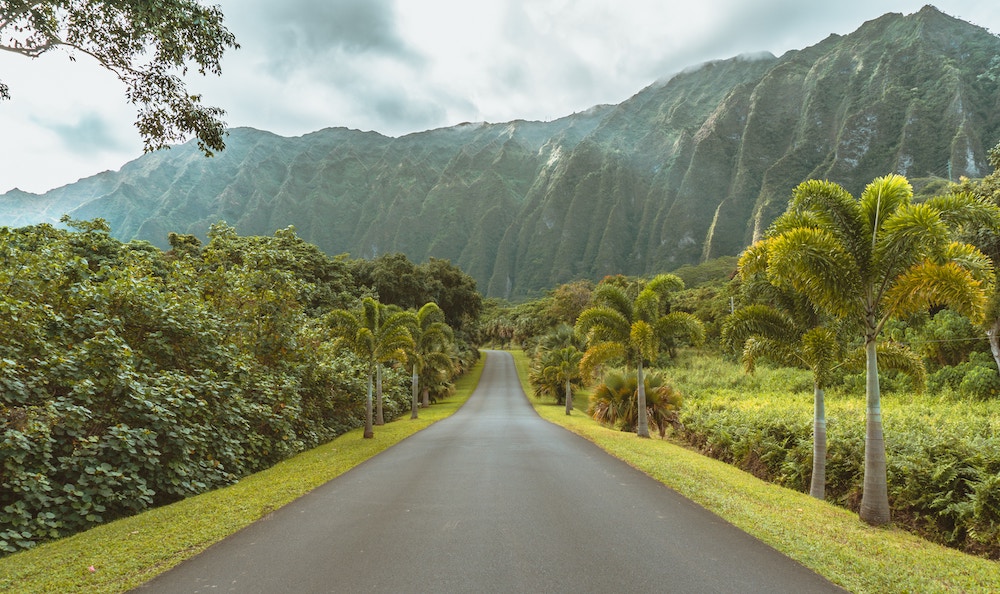Reading Lists
7 Books for People Who Need Their Alone Time
A reading list to suit every variety of solitude

With some rare exceptions — book clubs, literature classes, audiobooks, and public readings — we read, as we are born and as we will die, alone. As solitary acts go, reading is amongst the most sublime. Readers don’t need to be sold on solitude. But in our rabidly loud and crowded times, true alone time is rare. Below is a list of books for when you want to travel unencumbered, soothe abandonment, luxuriate (or learn to) in your own company, and for those times when hell, as Jean-Paul Sartre summed up in his play No Exit, is other people.
For When You Want Everyone to Go Away

Z for Zachariah by Robert C. O’Brien
The loneliest book I’ve read is the post-apocalyptic sci-fi thriller, Z for Zachariah. Finished by posthumously by the author’s wife and daughter, the novel, published in 1974, is supposedly a children’s book. I read it probably too early at around 11 and the book still terrifies me. At the time, as a child who’d recently lost a parent and whose loneliness was only placated by reading, I was haunted by the diary entries of sixteen-year-old Ann Burden, the sole survivor of a nuclear holocaust. Loomis, a way older man appears, which is when things really fall apart for her in this horrific Eden.
How this could ever be marketed at kids is beyond me but in terms of terrorizing literature, it is excellent. So much so that the thought of watching the 2015 movie adaptation, which diverges from the original by making Ann older, adding another man for competition, and further shading the whole narrative by making Loomis older than him and black, is just too much. Still, I bet it’s likely less brutal than the book, which is a gratitude-inducing antidote for when you wish that everyone else would disappear.
For When You are Alienated By Your Sudden Singleness

The Lonely City: Adventures in the Art of Being Alone by Olivia Laing
Abandoned by a partner, Olivia Laing finds herself living alone in New York City for the first time. Of her new loneliness, she writes, “I look like a woman in a Hopper painting. The girl in Automat, maybe, in a cloche hat and green coat, gazing into a cup of coffee, the window behind her reflecting two rows of lights, swimming into blackness.” Is there anyone who’s ever lived in New York who hasn’t been in one or 50 Hopper paintings at one point or the other? I certainly have in the years I lived in Manhattan and later Brooklyn. Laing explores “the lonely city” through the works of seven artists, including Edward Hopper (who was ambiguous about being the visual chronicler-saint of isolation) and Andy Warhol. A redemptive read to forget unwanted solitude, the book is an art history map of loneliness in New York.
For Roaming at Home and Away on Your Own

Alone Time: Four Seasons, Four Cities, and the Pleasures of Solitude by Stephanie Rosenbloom
There’s nothing like a breakup to initiate a heroine’s journey. In my early 20s, I travelled alone for the first time to Sinai in Egypt, mostly to forget a boy. Days in the desert and dipping into heartache-melting green of the Red Sea turned out to be the spark for further lone expeditions. The self-determination of traveling alone presents freedom at its most delicious. As New York Times travel writer Stephanie Rosenbloom notes: “Alone, there’s no need for an itinerary. Walk, and the day arranges itself.”
To make the argument for the exploratory comforts of solo travel, Rosenbloom wanders Paris, Istanbul, Florence, and New York, and into research for academic affirmation on the benefits of solitude. Uninterrupted by the chatter and demands of traveling companions, she makes often bookish discoveries, such as Orhan Pamuk’s Museum of Innocence (based on the eponymous book) in Istanbul and a French detective novel “released” via BookCrossing.com in a garden by Paris’s Musée de Cluny. She also shares advice on eating alone and meeting people (way easier when you don’t have an entourage), as well as thoughts from Virginia Woolf, an original champion of independent lady adventuring.
For Clapback for When You Can’t Take Queries About Being Single Anymore
The findings of both books below might provide conversational ammo for annoying “when-will-you-marry” chats. They could also allow for a thoughtful perspective shift for when you’re hopelessly asking the same inside. Maybe even help you own your aloneness. With sociological and cultural lenses, these books pore over the trend towards singular existences. Chock-full of data, both go into reasons why we live alone and where we go from here.

Going Solo: The Extraordinary Rise and Surprising Appeal of Living Alone by Eric Klinenberg
Klinenberg interviews hundreds of happily (and some less thrilled) single people and concludes that we need to find ways of living alone better with communal spaces.

All the Single Ladies: Unmarried Women and the Rise of an Independent Nation by Rebecca Traister
Traister focuses on how women — with a nod to the impact of race, geography, class, sexuality, and other elements — live and experience single life. She also wonderfully weaves the fates of fictional women into this reported work.
For Times When You Are Wandering Curious Paths

Dust Tracks on a Road by Zora Neale Hurston
Zora Neale Hurston made rooms of her own all over the place at a time when Black Americans were barred from many, many spaces. Until I discovered her work as a teenager, the anthropology and indeed the travel narratives I’d read seemed unbearably white, male, and colonial. A real-life adventuress of color, at last! A complicated but unbowed one, I would later learn.
Published in 1942 when she was close to 50, her “autobiography” is a tour of her Florida, her curiosities, adventures, and some tragedies. However, early on, she writes: “This is all hear-say. Maybe some of the details of my birth as told me might be a little inaccurate, but it is pretty well established that I really did get born.” Hurston’s remixing attracted much critique, as did her lack of activism around race.
Regardless of whether you read it as a work of fiction or autobiography, the book chronicles an extraordinary, contrarian, and often solo life. It begins with her Eatonville childhood, where upon experiencing visions, she writes of a shadow of “cosmic loneliness” that followed her. Hurston learnt to walk late but once she did she wandered unstoppably ever after. As an adult, her fieldwork took her back to Florida, where she met the last known survivor of the Middle Passage, Cudjo Lewis/Oluale Kossula of Barracoon; New Orleans, where she spent three days naked on a rattlesnake skin for her study of Hoodoo; and Haiti, where she photographed a zombie.‘
For When You Want Everyone and the Internet to Shut Up, Including Your Own Mind, But You Can’t Meditate

Silence in Age of Noise by Erling Kagge
Norwegian polar adventure Erling Kagge can certainly talk about silence since amongst his many voyages was a 50-day walk across Antarctica on his own without a radio. The hardest part, according to Kagge, was having to speak again when he reached the South Pole. In thirty-three slender entries, bridged at times by art from Catherine Opie, Ed Ruscha, and others, Kagge ruminates on what silence is, where we can find it, and why we need it now more than ever. In considering these questions, he does some luxurious wondering.
His own travels feature, as do a slew of European philosophers, Rihanna, and Japanese Edo period poet, Matsuo Bashō. He writes of silence rhapsodist and performance artist, Marina Abramović who in her experiments to seek it, found the opposite. In the desert, “her surroundings were so quiet that the only thing she heard was the rush of her own blood as her heart pumped it through her body.” Abramović’s conclusion, like the ancients of many cultures before her, is the control of breath for “full emptiness.” In the meantime, for the restless, Kagge’s entries offer precious, mini meditations towards elegant stillness.








